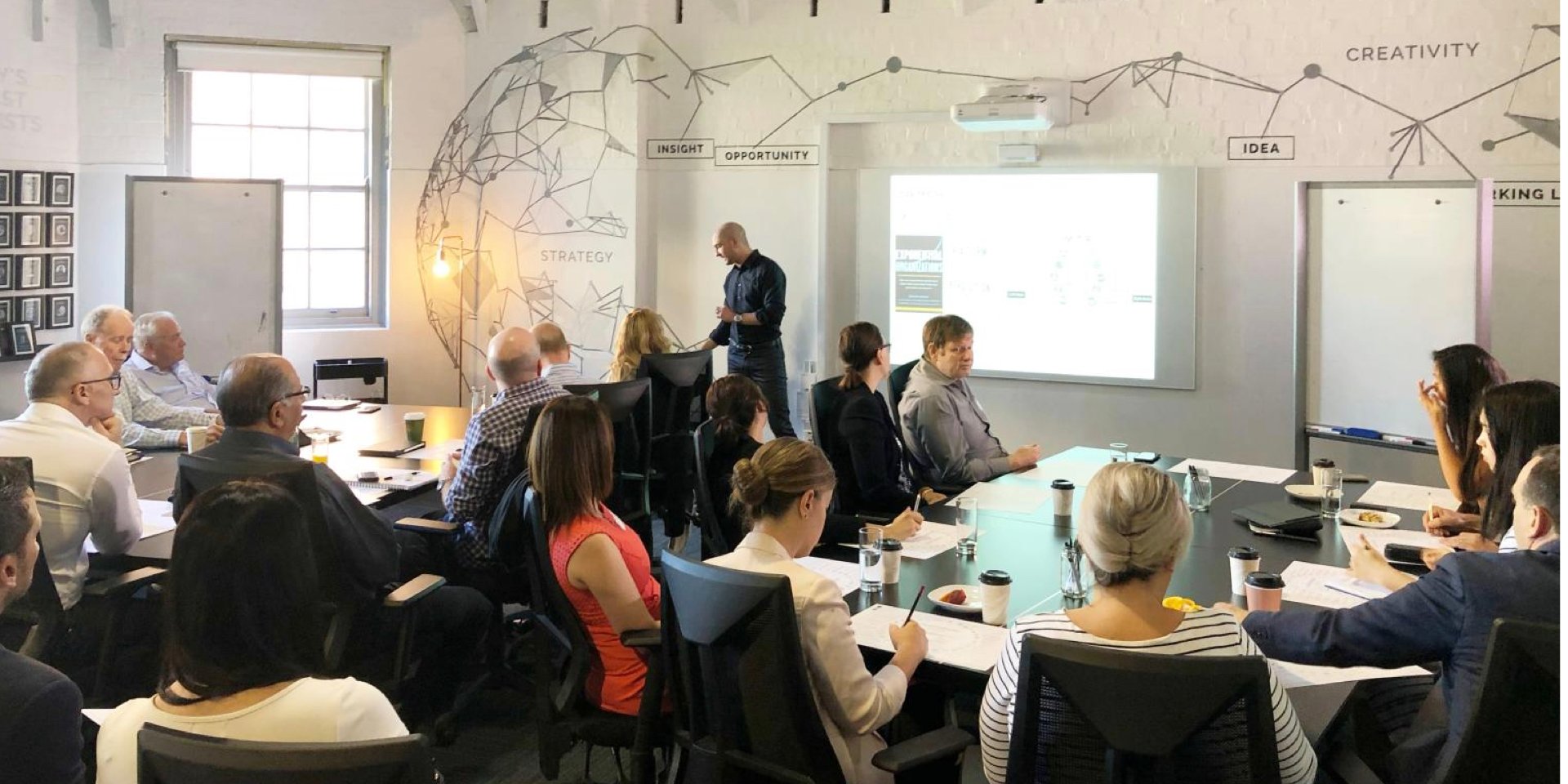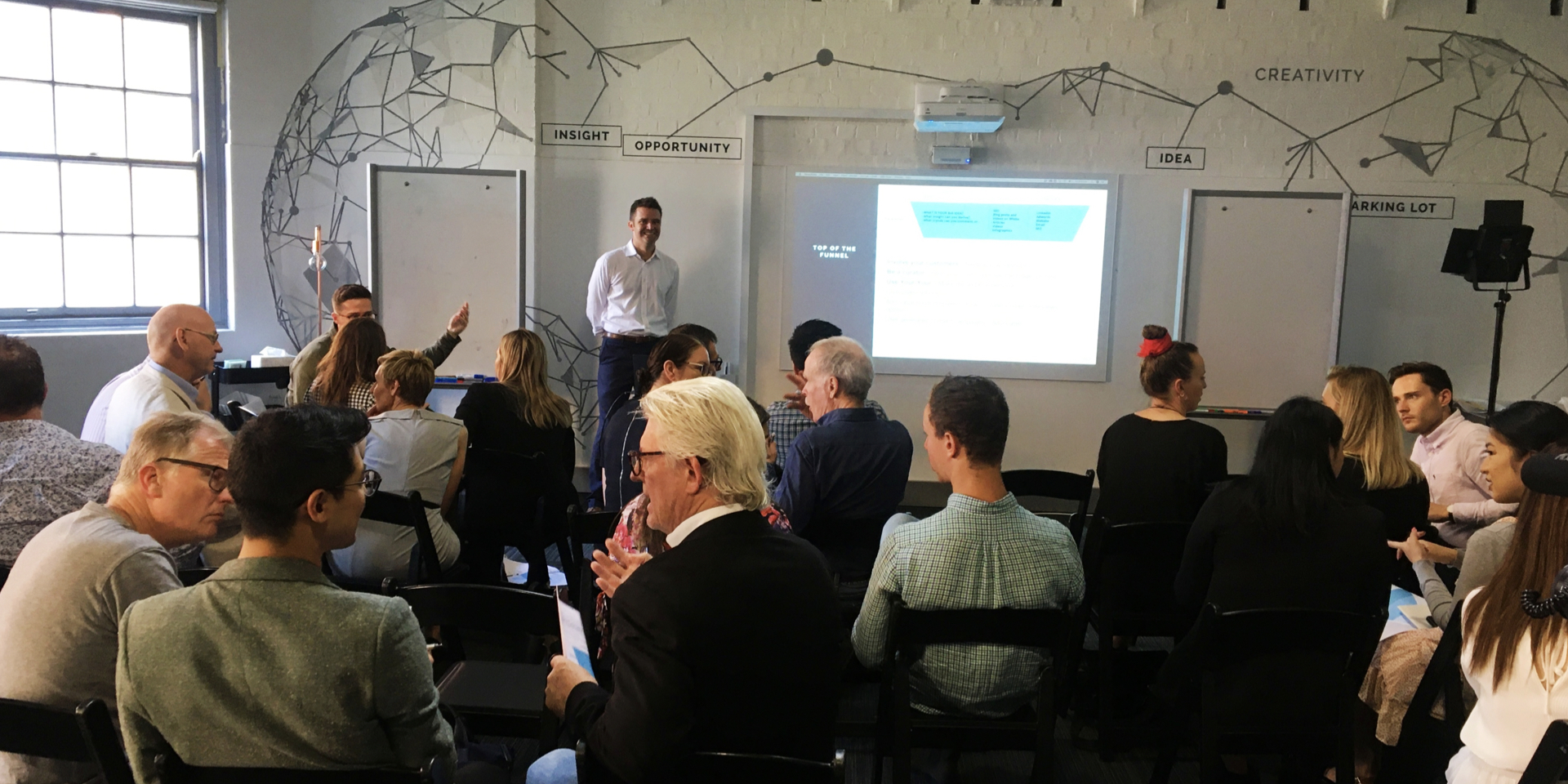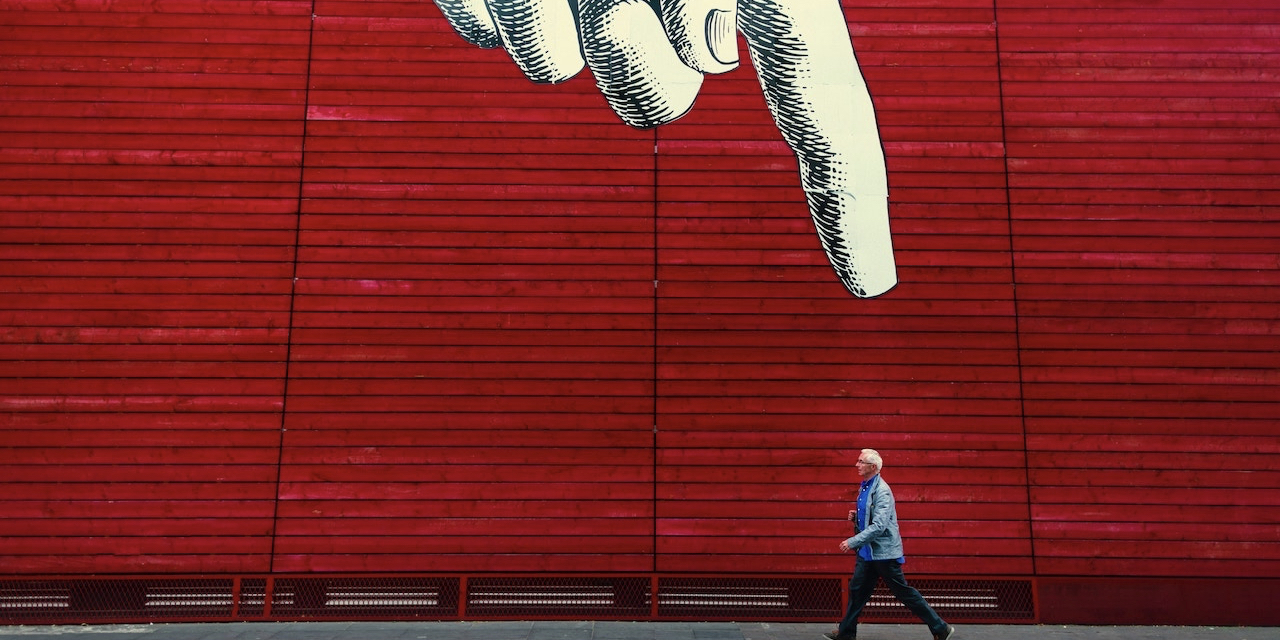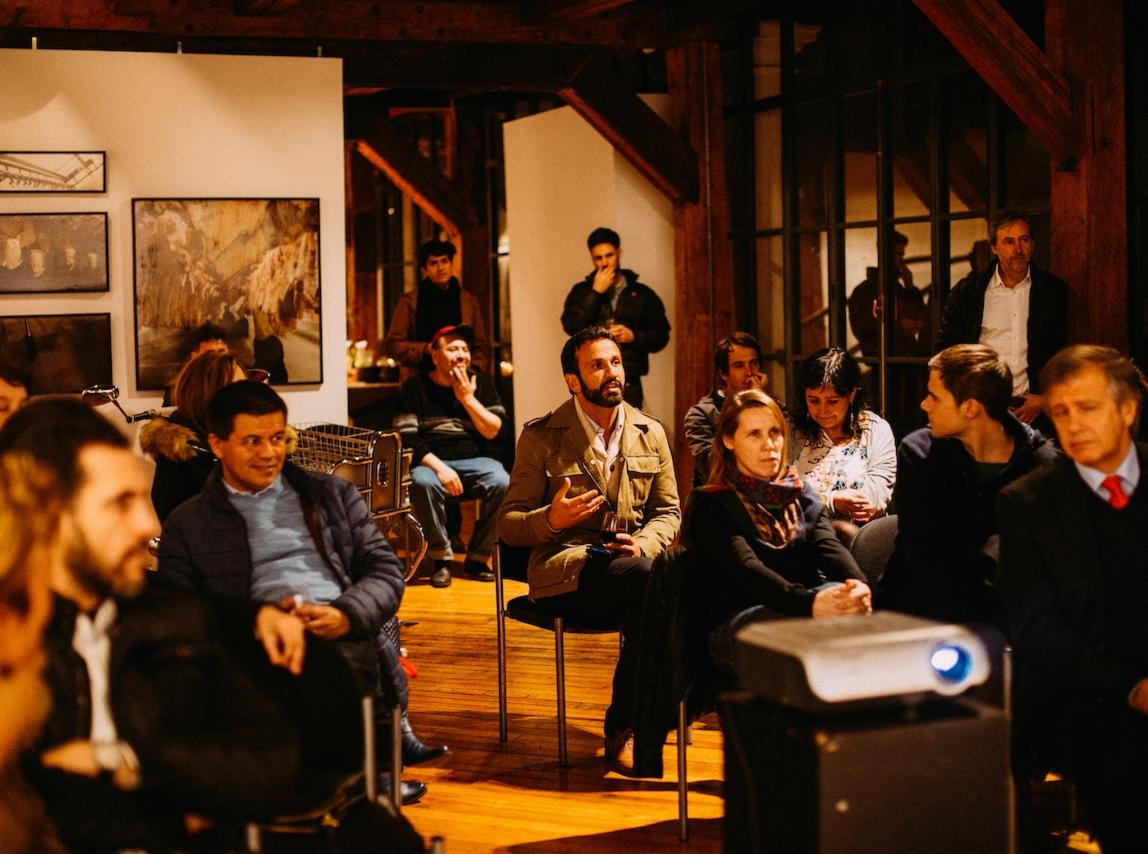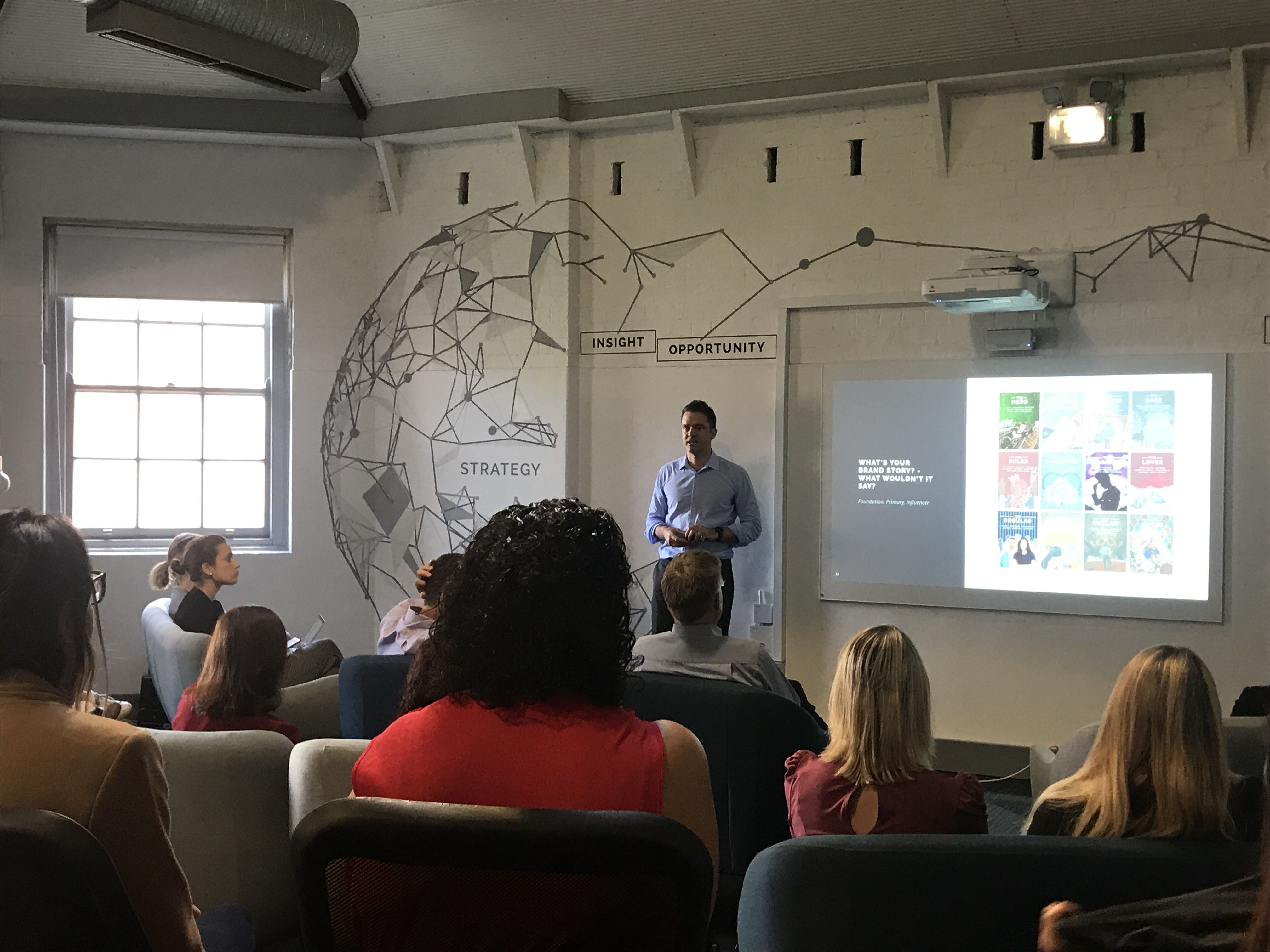Former Saatchi & Saatchi CEO Kevin Roberts sheds light on essential matters like organisational growth, change, and creativity in this one-of-a-kind interview with Head of Strategy, Glenn Bartlett. This is the first post of the five-part video series.
Political Correctness Has No Place in Creativity
Kevin believes that political correctness just gets in the way and puts you in a space of blandness. Instead of helping you come up with a great idea, being politically correct leaves you endlessly concerned with how people view you and drives you to try to fit in — actions that just hurt the creative process.
When it comes to being creative, it is essential to have an open mind. Devour and digest everything you can — be it from music, literature, artwork, or film, even if they may be a bit too forward or controversial.
After taking everything in and using them as fuel for inspiration, you must be equally as open-minded with what you come up with, leading you to create something truly stirring and resonant.
Nurture Creativity and Innovation
Creativity is the very essence of Kevin’s belief. To nurture creativity, he says that the environment you’re in is crucial, that you want to be in a place where ideas can thrive and that creativity itself should be the heart of that place.
After you’ve found yourself in an environment like that, you then have to seek for innovation. Creativity is where it all starts, but innovation is how you improve it. A successful company needs a healthy mix of the two.
There Are Three Buckets of Change
Kevin shares that change goes into three different buckets: the incremental bucket, the transformational bucket, and the disruptive bucket.
The incremental bucket contains the small adjustments the business made toward a result. These incremental changes don’t significantly impact the organisational structure or processes.
What is inside the transformational bucket is capable of completely changing the company. It usually involves making a significant change in the organisation’s business model, usually changing their business culture, underlying strategy, and company structure. Transformational change also occurs when an organisation has to adapt to the advances in technology and use them to their advantage.
Lastly, the disruptive bucket contains non-localised and irreversible changes that stem from shifts in market trends. Usually unavoidable, it pushes organisations to adapt to the changes quickly, else they become outdated.
Companies that value creativity have, more often than not, a culture where ideas thrive and where staff drive change. In today’s world, responding to these disruptive changes the wrong way will only cause you to fail.
Great companies and great people are able to fill these buckets with the right type of changes and figure out which one they need in a particular situation to win.






![Top 10 Articles C-Suites Read in the Step Change Blog [2019 Edition]](https://blog.hellostepchange.com/hubfs/step-change-top-10-articles-2019.001.jpeg)
